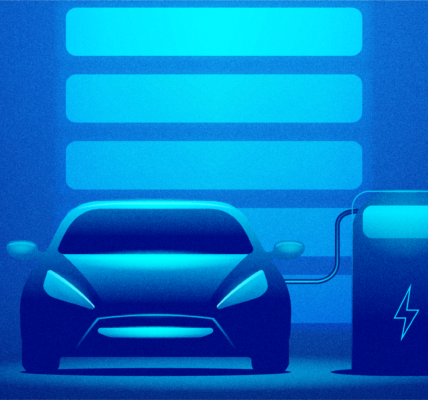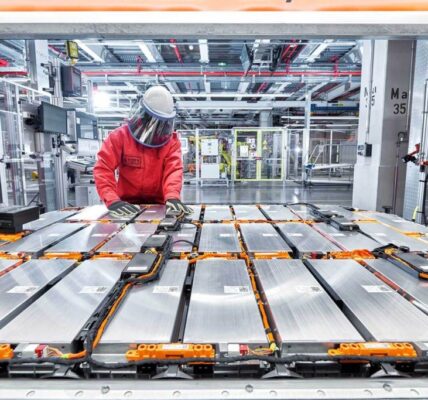The response by the Chinese and US governments to the economic slowdown caused by the coronavirus could not be more different. The US is shoveling truckloads of taxpayer money to wealthy corporations, especially oil and gas companies. China is investing in EV charging infrastructure.
Between now and the end of the year, China will spend almost $1.5 billion to install 200,000 EV chargers throughout the country, 20,000 of which will be public chargers, according to the National Development and Reform Commission. It’s all part of a plan to stimulate China’s economy after the coronavirus shutdown with more infrastructure investment in EV charging, ultra high voltage electrical grids, intercity transit systems, and 5G technology.
That last part is important because the EV chargers that will be installed can accumulate a large amount of data. Sun Huifeng, president of CCID Consulting, said in an interview, the data can be used to improve the charging experience for EV owners. “For example, they can offer battery information, user habits, vehicle location and other data. With such data, services including secondhand car evaluation and user portraits can be further expanded.”
Ouyang Minggao, of the Chinese Academy of Sciences, says, “Building more charging piles will increase convenience for charging cars and greatly alleviate customers’ range anxiety. It will also help better popularize new energy vehicles.”
State Grid Corp of China, a State-owned electric utility, will play a key role in the EV charging expansion. It says it will invest $383 million to install up to 78,000 chargers in 24 provinces and municipalities, including Beijing, Tianjin, Jiangsu province as well as Qinghai province in northwestern China. 53,000 chargers will be located in residential areas while 18,000 will be for public use.
“The move is expected to boost the revenue from sales of new energy vehicles by over 20 billion yuan and foster the production of power products and components, as well as upstream and downstream industries of NEVs,” said Wang Yanfang, a State Grid spokesperson.








